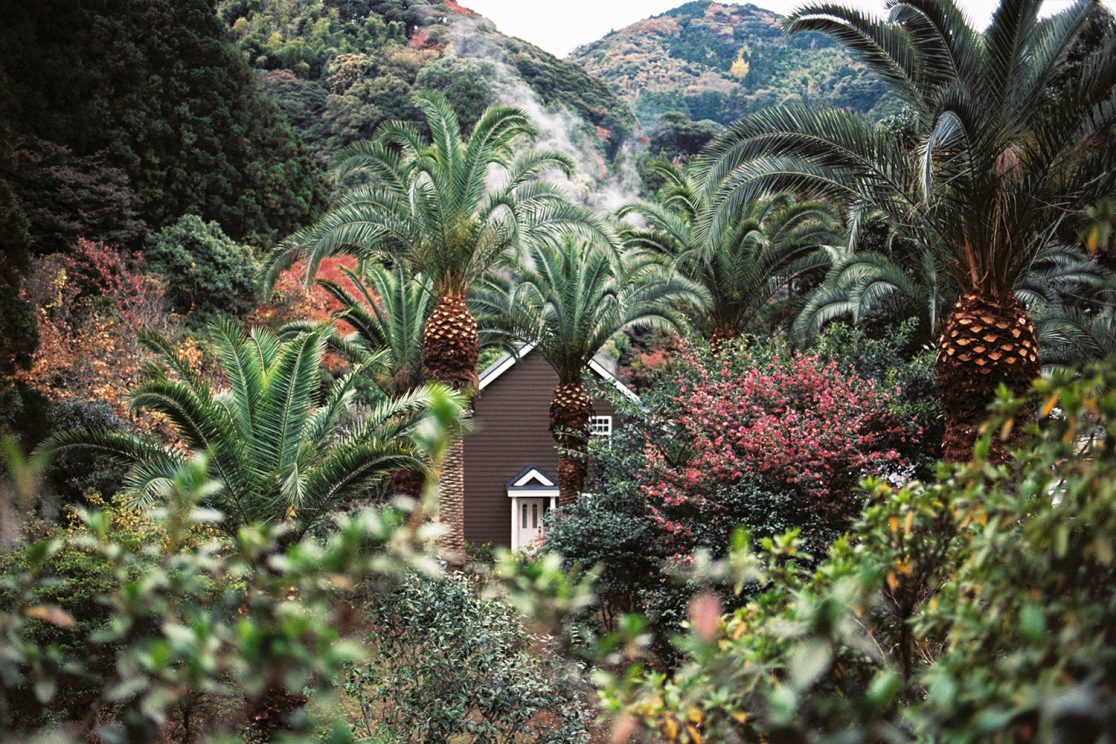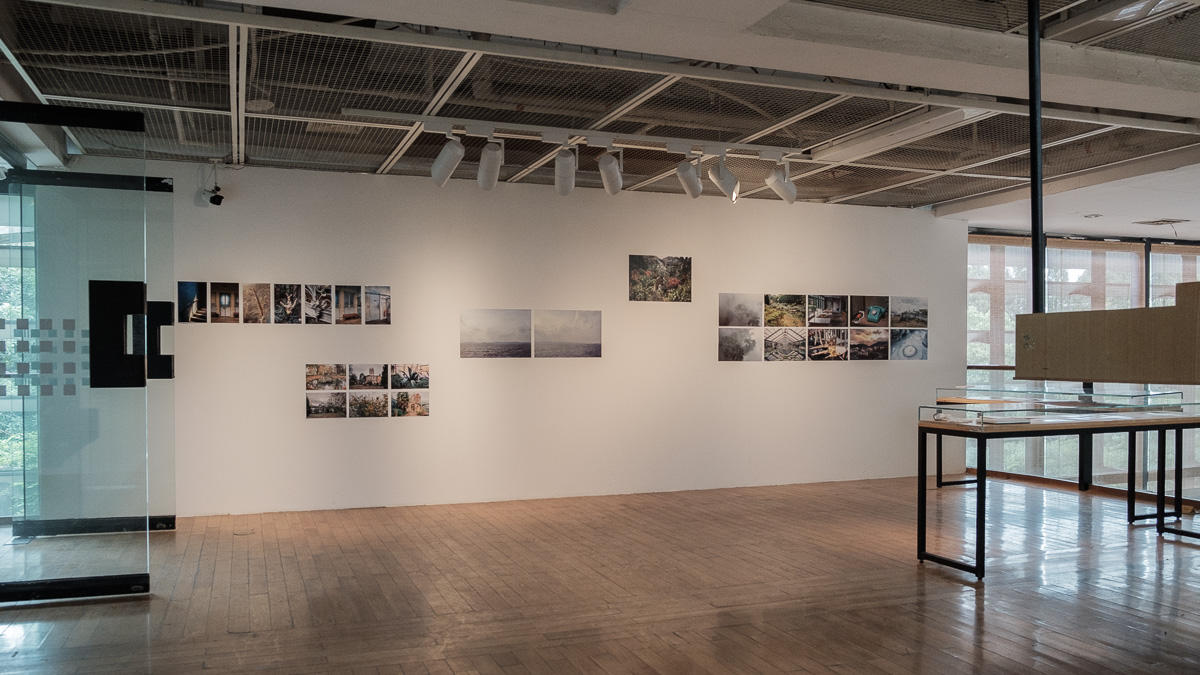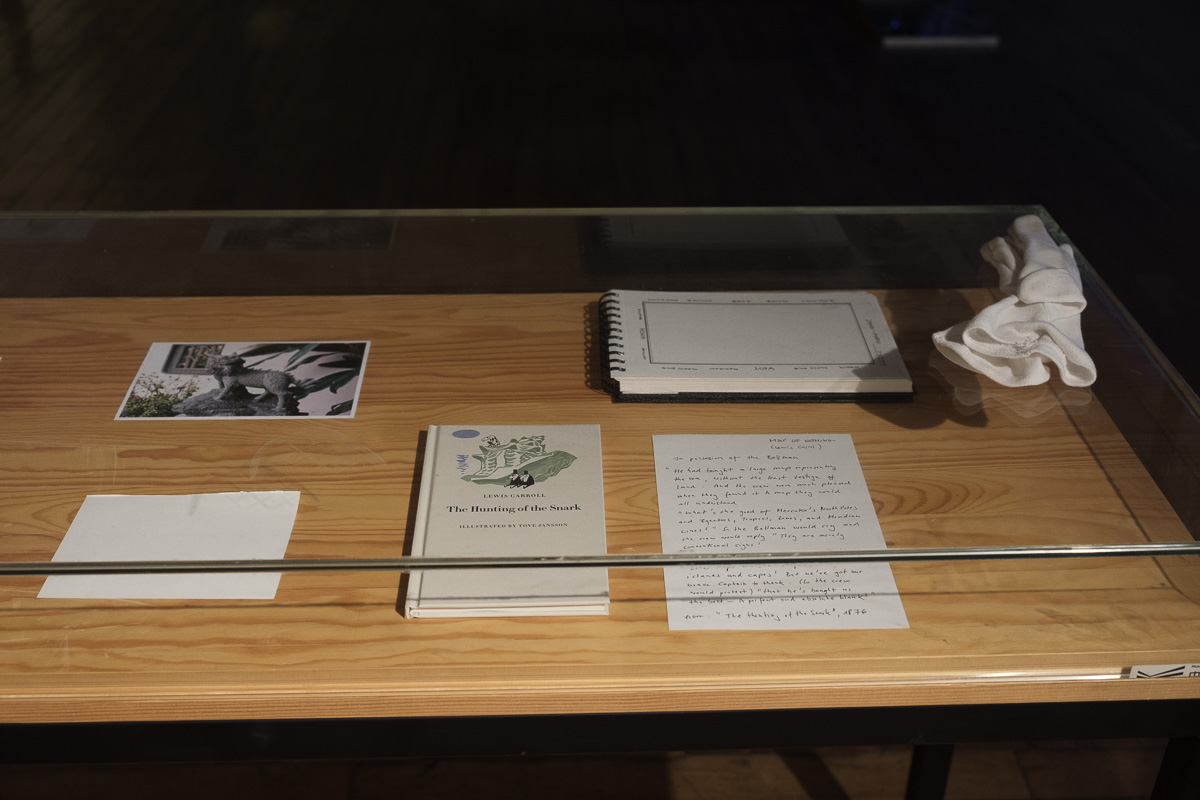
OF TIMES & TIDES: INCANTATION #1 (Search Parameters)
Photobased research project, private performance
Photo Installation, Book (in production)
51 images in 8 Groups and 1 incantation: 3 Fine Art Prints, 60x40cm, 10 C-Prints, 30×45 cm, 2 x 6 C-Prints, 20x30cm for presentation on wall, 26 C-Print in 13 x 19, 10x15cm und 9x13cm for presentation with text, drawing and objects in display cabinets or tables Presentation is adapted to the context and specific constellations of the exhibition space

The Project:
OF TIMES & TIDES renders homage to our human quest for knowledge and understanding, as well as our pursuit of happiness. Using selected images it ponders the interlinking of what we see as nature & culture, as foreign and familiar, our dream of travel, knowledge & adventure, the perception of time, of history and myths and most generally – human desire.
Putting translations into play, nodding at the migration of forms, setting associations and deviations, this flock of images combines impressions from museums, botanical gardens, scientific observatories with impressions of nature and travel. It actively seeks out the realm of associations, of imagination and the poetic, to circle our desire for discovery and need for understanding and given the context, deliberately combining and juxtaposing images taken in Asia and in Europe.
The Installation:
The photo installation INCANTATION #1 was developed to fit the specific conditions at the time of the exhibition in Hangzhou and pools together 10 groups of images from different realms of knowledge, knowledge storage and representation. Like memory fragments or a game of tarot, they are set to conjure up a journey in the East (around the East China Sea) in pursuit of the legendary Kirin, a mythical creature, a harbinger of good tidings, amongst others. In a dreamtime framework this group of images wonders about those contradictory feelings of longing, attraction, returning and a vague anxiety but most of all they celebrate the feeling of enchanted wonder.

The Einstein Tower (German: Einsteinturm) is an astrophysical observatory in the Albert Einstein Science Park in Potsdam, Germany built by architect Erich Mendelsohn. It was built on the summit of the Potsdam Telegraphenberg to house a solar telescope designed by the astronomer Erwin Finlay-Freundlich. The telescope supports experiments and observations to validate (or disprove) Albert Einstein‘s relativity theory.

Art Museum. Open to the public. The museum opened in 1849. It houses the collections of Frans Jacob Otto Boijmans (1767–1847) and Daniël George van Beuningen (1877–1955). In the collection, offering the visitor a comprehensive survey of Western art from the Middle Ages to the present day, are works of Rembrandt, Claude Monet, Vincent van Gogh, and Salvador Dalí, as well as the „Little“ Tower of Babel, c. 1563, a painting by Pieter Bruegel the Elder. 1700 private collectors have gifted no fewer than 50,000 objects in almost 170 years.

Conrad Gessner (1516 – 1565) was a Swiss physician, naturalist, bibliographer, and philologist. He is regarded as the father of modern scientific bibliography, zoology and botany. Two images here are from Historia animalium (“History of the Animals“), published in Zurich in 1551–58 and 1587, an encyclopedic “inventory of renaissance zoology”. The Historia animalium is the first modern zoological work that attempts to describe all the animals known, and the first bibliography of natural history writings.

The Muséum national d‘histoire naturelle (MNHN), Paris is a natural history museum and part of Sorbonne Universities. It was founded in 1793 during the French Revolution although it had already been established earlier, in 1635. The museum serves to instruct the public, put together collections and conduct scientific research. The Galerie de Paléontologie et d’Anatomie comparée, is housed in a building designed by the architect Ferdinand Dutert and was inaugurated in 1898. Even at present day the collections derive from the great expeditions of the traveller-naturalists of the 18th and 19th centuries as well as from the ménagerie du Jardin des plantes (one of the oldest zoos in the world).
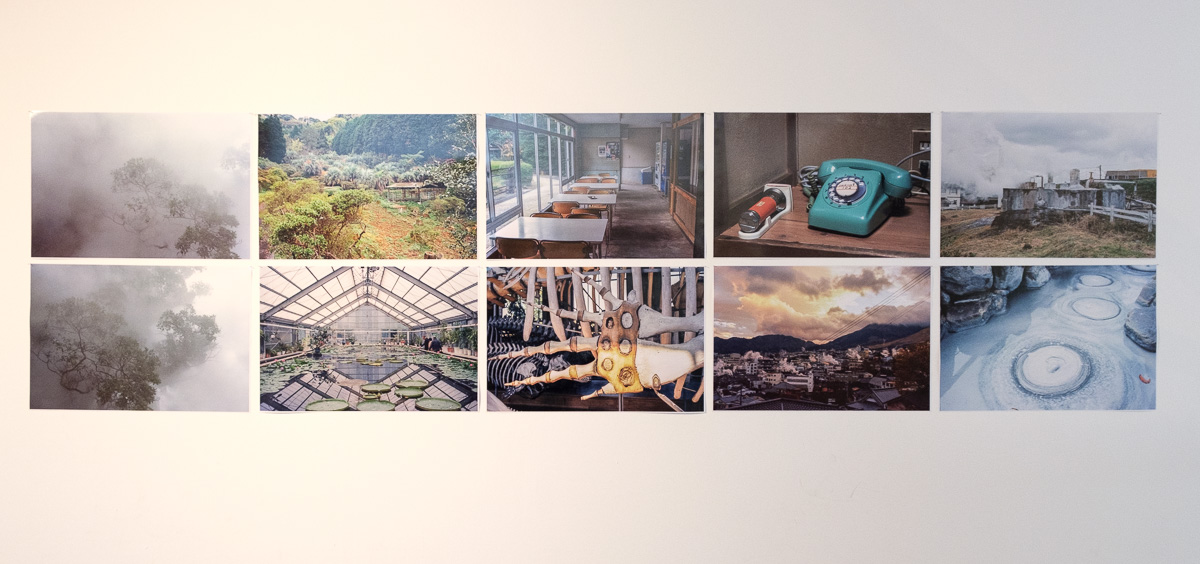
From the Country of the Seven Hells
10 C-Prints, 30 x 45 cm
1&2: Mist & Fog, 3: Intemperie, Beppu, Japan, 2014, 4: The Glasshouse, Beppu, Japan, 2014, 5: The Classroom, Beppu, Japan, 2014, 6: Verwandtschaftsgrade (Degrees of Kinship), Extremity of a Whale, Muséum national d‘histoire naturelle (Galerie de Paléontologie et d’Anatomie comparée), Paris, 2014)
7: The Call, Kyoto, Japan, 2009, 8: Beppu, Japan 2014, (What Connects Heaven & Hell),
9: The Source, Beppu, Japan, 2014, 10: The Swamp, Beppu, Japan, 2014
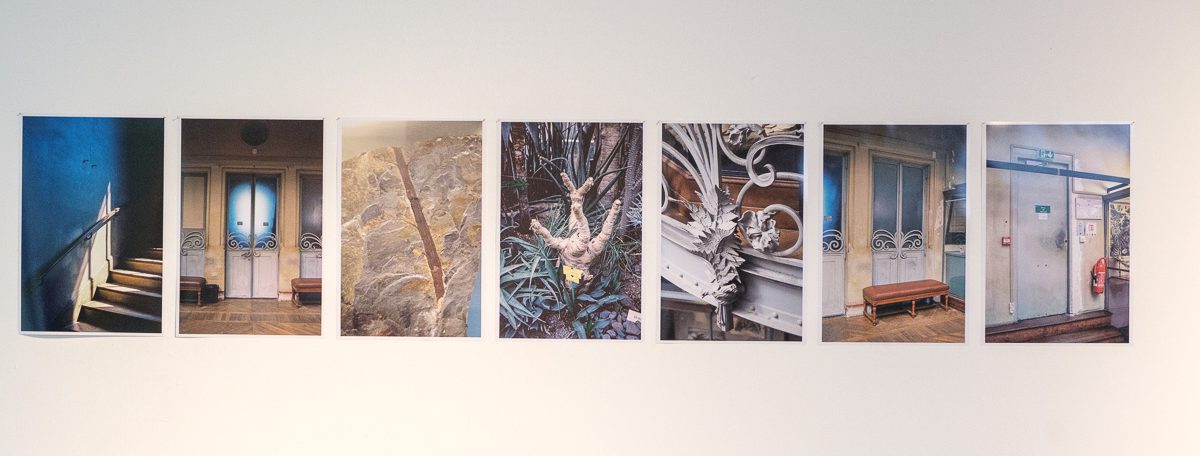
1) Staircase, MNHM, Paris, 2014, 2) Door, MNHM, Paris, 2014 3) Fossil Plant, MNHM, Paris, 2014, 4) Cyphostemma Juttae, Botanical Garden Jena, Germany, 2013
5) Detail, MNHM, Paris, 2014, 6), 7) Exit Doors, MNHM, Paris, C-Prints, 30 x 20 cm, 2018
The Botanical Garden in Jena was first established in 1586 as a hortus medicus and is the second oldest botanical garden in Germany. In 1770 Linnean taxonomy was introduced. J.W. von Goethe also involved himself with the botanical garden and wrote several poems there.
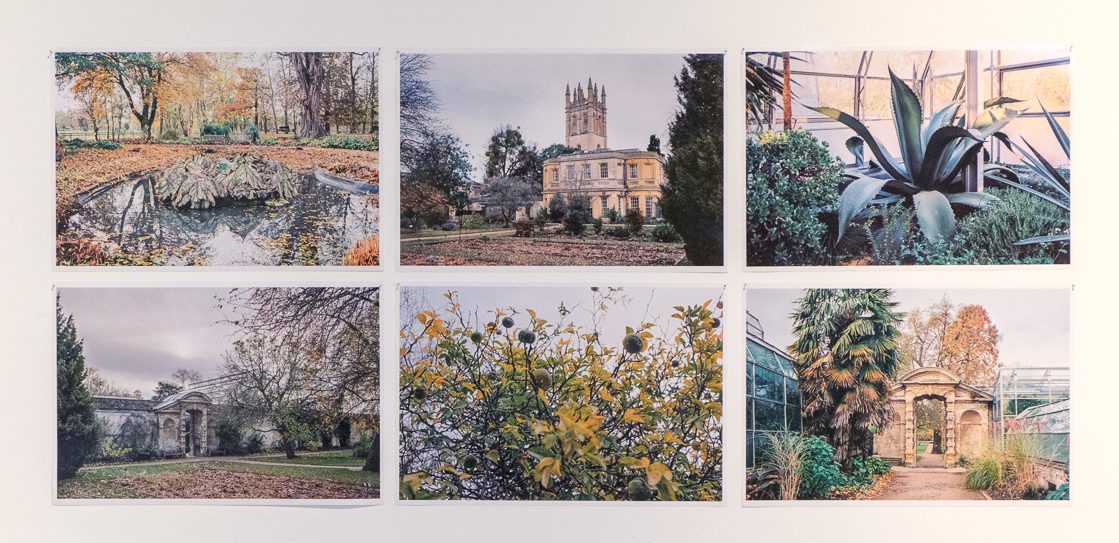
6 C-prints, 20 x 30 cm, 2018
The University of Oxford Botanic Garden and Arboretum was first set up as a physic garden for “the glorification of the works of God and for the furtherance of learning” in 1621. It is the oldest botanical garden in Great Britain. It is also one of the oldest scientific gardens in the world. Today the collection is centered around the themes of: Taxonomy & evolution, heritage & landscape, conservation & biodiversity, plants and people. Over the years is was frequented by Charles Lutwidge Dodgson (Lewis Carroll) (1832–1898) but also J.R.R. Tolkien, Oscar Wilde, C.S. Lewis, amongst others.
